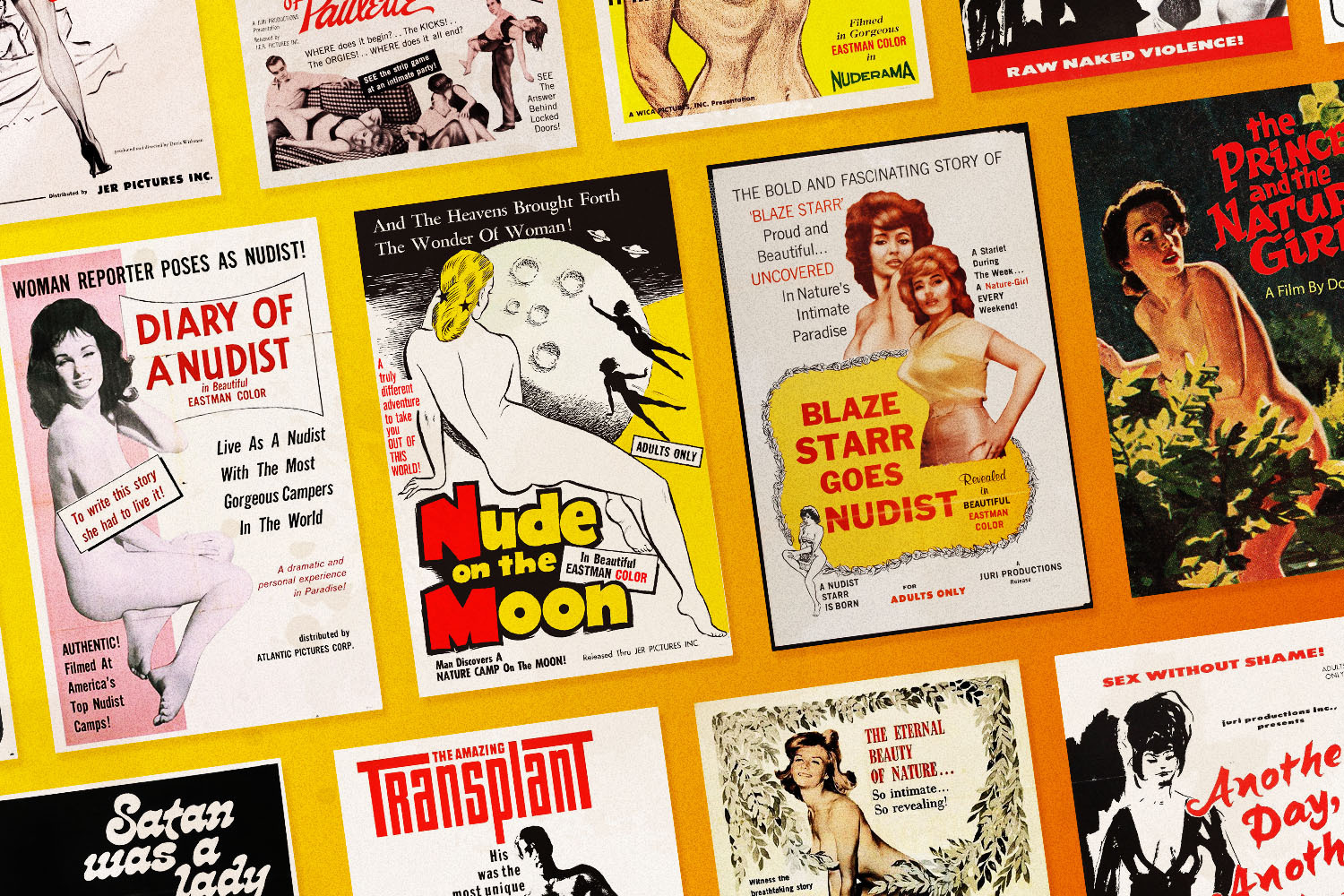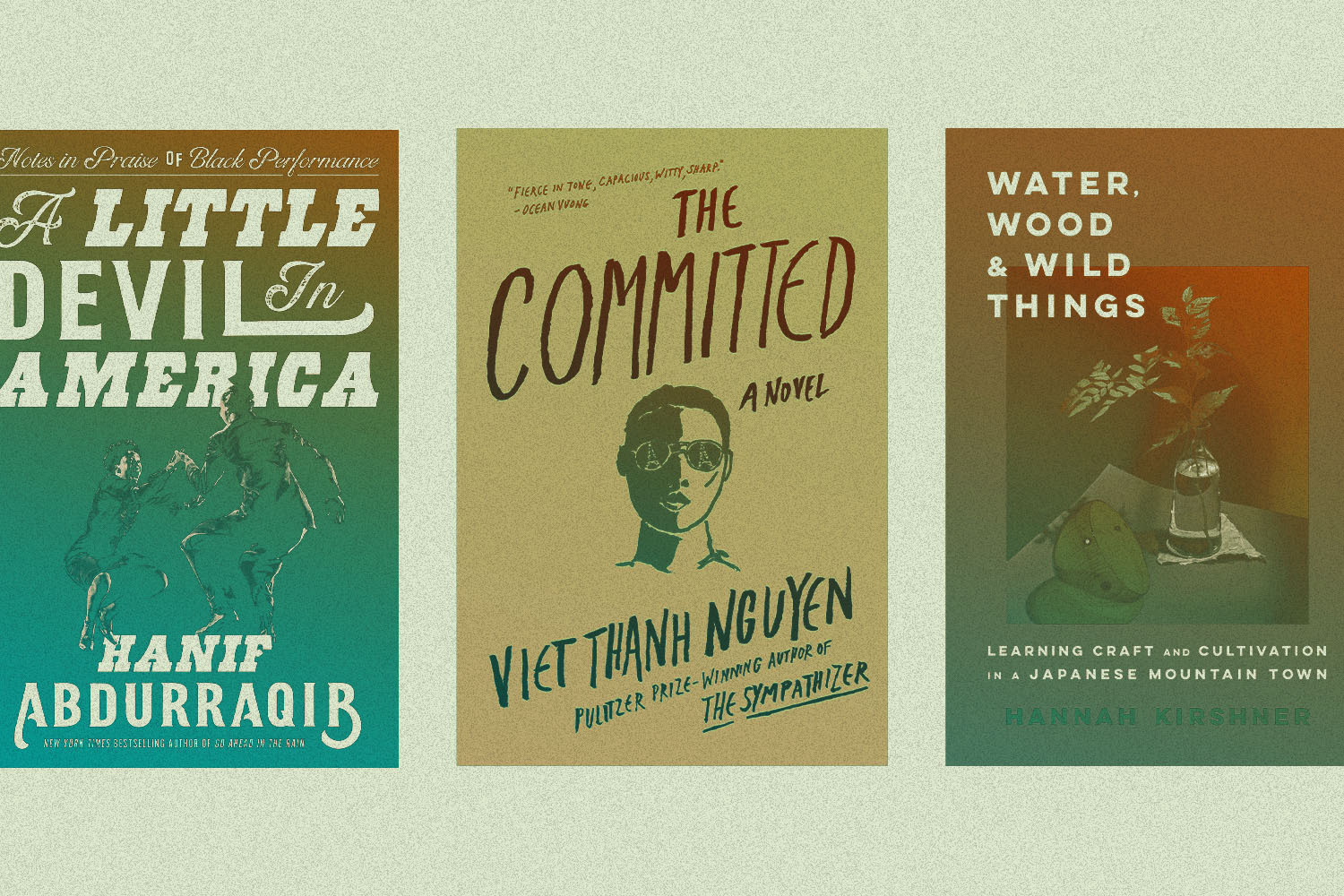Even though we’ve been living through the un-sexiest of times as we’re all stuck inside our homes wearing sweatpants and being cautioned to not go near other people, everything is horny these days. Just look at the whole hubbub around the latest Suitsupply advertisements. When this is finally over, I really don’t know what’s going to stop people from finally emerging from their homes, COVID vaccine coursing through their veins, and then collectively sexing themselves to death.
And while there has been no shortage of articles on what a year of quarantine has done to cage the libidos of countless Americans, the truth is that repression is nothing new in the U.S.A. Just read the first hundred or so pages of Gay Talese’s Thy Neighbor’s Wife, which turns 40 this year. America has never quite been able to totally extricate itself from its Puritan roots, but there have always been people willing to try to break away from that, including Talese himself.
Today, the bigger story is how Talese sold the film rights to the book in 1979 before its publication for $2.5 million. At the time, that was an unheard of sum of money for the right to make a book into a film. But the film has been in development hell ever since. As Steven Bach explained in his book Final Cut, Sidney Lumet summed up the problem with the film over lunch at the Russian Tea Room: “There’s just no way to do this movie without showing” — he searched for the word — “insertion,” which William Friedkin agreed with, saying the movie could only work with an X rating.
It’s true. Barely a page goes by in Talese’s book without running into something that would have been considered “hardcore” at the time, and even by today’s standards there are some sections that could be considered downright porny, although done in a tone that’s more serious journalistic endeavor than “Penthouse Letters.” How, exactly, the book would ever translate to the screen has always been difficult for me to understand, especially since there is so much book and so many stories in it that it’s tough to ascertain any one storyline that sticks out.

A big part of this has to do with the fact that Talese is an obsessive observer. But it also likely has to do with the fact that he was already one of the most famous writers in America when he was working on Thy Neighbor’s Wife, and like Norman Mailer or Tom Wolfe — other writers forever tethered to the “new journalism” movement of the ‘60s and ‘70s — he didn’t like to hold anything back. And, I assume, nobody told him he had to.
So there’s a lot to get through in Thy Neighbor’s Wife. He starts out with a man named Harold Rubin, a horny kid from Chicago in the 1950s who ends up owning a store called Weird Harold’s that sells pornography, and from there moves on to Hugh Hefner, Pentagon Papers leaker Daniel Ellsberg, pinup girl Diane Weber, members of a 19th-century polygamous community, masseuses who cap things off with a happy ending, the founders of a swingers resort and, eventually, his own experiences with sexual liberation. There’s an odd part toward the end where Gay Talese the writer comments on Gay Talese the character, whose reporting techniques included “patronage of massage parlors, his dark afternoons in X-rated cinemas, his intimate familiarity with swing clubs and orgiasts across the land” — all things he justified “in the name of sexual ‘research.’”
All that is to say that’s it’s likely a major publisher wouldn’t dare touch a book like this today; less because of the content and more because of the direct involvement of the person writing it as a “participating observer.” By 2021 standards, Thy Neighbor’s Wife serves as a time capsule of the history it was reporting on in the early 1980s. Modern writers are far from prude or embarrassed to write about sex — just look at some of the most talked-about fiction to come out so far this year, from the short story collection Kink to Melissa Broder’s Milk Fed — but a book like this would be difficult to pull off today.
And that is exactly what makes reading Thy Neighbor’s Wife so four decades after its publication so interesting. The year it came out, 1981, was also the first year that cases of illnesses defined as AIDS were reported. The sexual revolution that had Talese had been reporting on came to a screeching halt by the time of its release. Talese’s book arrived just at a point where its subject matter started to feel like it belonged to a different era. The skin-mag publishers he wrote about — notably Hefner and Al Goldstein of Screw — became very rich men who would draw the ire of both feminist and right-wing Christian groups, while also becoming champions of free speech. (Goldstein, it should be noted, died broke. Three years after Hefner died in 2017, Playboy ceased its print magazine and went online-only.) That sort of duality isn’t so easy to find these days.
But it’s really the details of the book’s background that make it difficult to envision on today’s bestseller list.
At 89, Talese is one of the last remaining literary lions from a different time altogether. The modern reader might be familiar with his iconic profile on Frank Sinatra or The Kingdom and the Power, his 1969 look at how the sausage got made at the New York Times, a book nearly every journalism student is still told they should read. But Thy Neighbor’s Wife isn’t as talked about these days as it was when it polarized readers and critics 40 years ago. The reason, simply, is it reads as a history of an era that belongs to another century, because well, it does. As Talese himself points out in the afterward in the 30th anniversary of the book, there was what he called a “New Puritanisim” that coincided with the time the book was released (no doubt connected to the fear of a sexually transmitted disease that killed everybody that contracted it), but also that things had gotten more “hardcore.” He notes that the Playboy cable channel at the time featured “erect penises, sexual penetration, fellatio, cunnilingus” and that the internet made it so there were “few controllable restrictions on the citizenry of this nation.” He wrote that in 2009. Now everything is horny and, in many ways, we’re still having the same discussion: just look at outraged reactions to Cardi B. and Megan Thee Stallion’s “WAP” or the discussion around a cartoon bunny rabbit getting “less fuckable.” We’re still a very confused and repressed nation when it comes to sex, and the fact that a book written 40 years ago probably couldn’t come out in 2021 is proof of that.
This article was featured in the InsideHook newsletter. Sign up now.





















